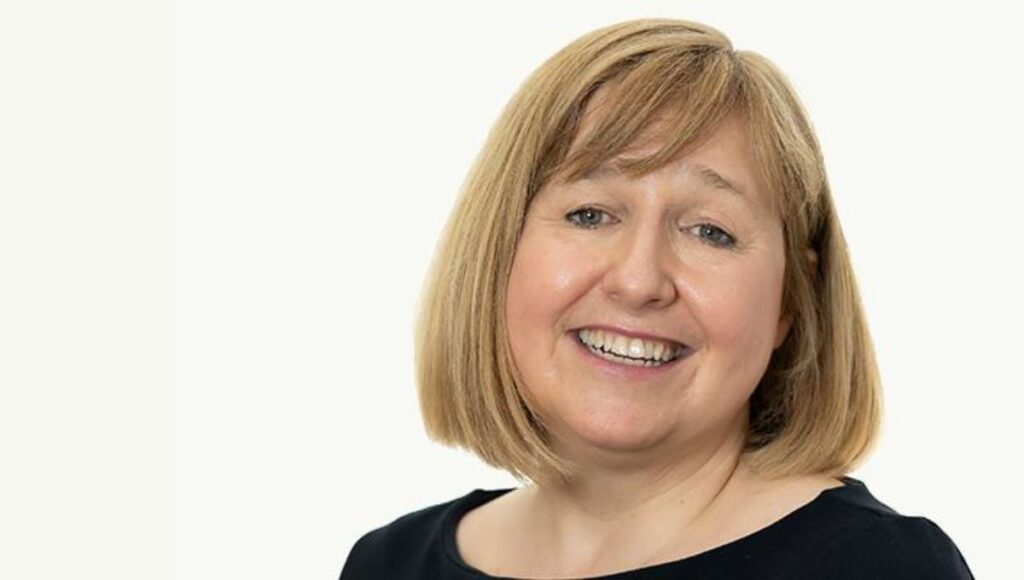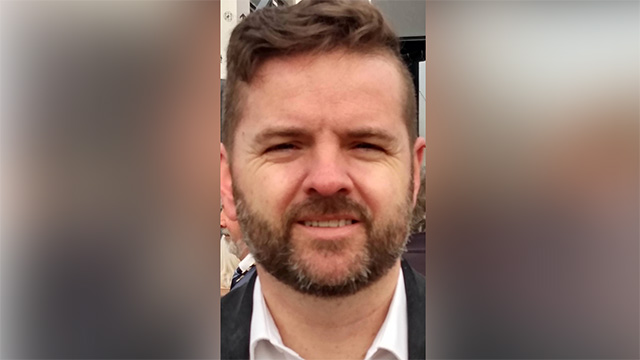A GWENT council leader has been shortlisted as a candidate in a key seat for next year’s Senedd elections.
Councillor Anthony Hunt, who has led Torfaen Borough Council since December 2016, is one of six candidates who will be competing for the second position on Labour’s list of candidates behind Lynne Neagle.

Three members of the Labour cabinet that leads Monmouthshire County Council have also been shortlisted as has Peter Jones who is a member of the Torfaen cabinet led by Cllr Hunt who is also a member of Welsh Labour’s national executive committee.
As the sitting Member of Senedd for Torfaen Ms Neagle, who also serves as education secretary, is guaranteed the top spot on Welsh Labour’s list.
The election will be the first to the expanded Senedd, which will have 96 rather than 60 members, and for the May 2026 poll 16 super constituencies, created by pairing the 32 Westminster seats in Wales, have been created to each elect six Members of Senedd.
Torfaen has been paired with Monmouthshire to form the Sir Fynwy Torfaen constituency.
Nigel Farage’s Reform UK Party, which has consistently performed well in Welsh polling, will be targeting Torfaen, one of 13 seats where it finished second at last year’s UK general election.
The party was also boosted when three previously independent councillors in Torfaen formed the first Reform group on a Welsh council in August last year and the party won its first Welsh council seat, at the ballot box, in a by-election in Pontypool in February.
A change to the way Members of Senedd are elected means rather than voting for individual candidates, votes will be cast for a party, which will put forward a list of up to eight candidates each. Individual independent candidates can also stand.
Seats will be allocated to parties based on their percentage, or share, of the vote in the constituency with the more votes a party receives meaning the more candidates from their list are elected.
There is no option for voters at the election to rank individual candidates in preference order and the system, known as a ‘closed proportional list system’, has been criticised for placing too much power in the hands of party bosses who can control which candidates are put forward and in what order on the list.
Labour members in Torfaen and Monmouthshire will rank the seven candidates other than Ms Neagle to determine their place on the party list.
Insiders consider Cllr Hunt, who as well as leading Torfaen speaks for all councils in Wales on finance, as favourite for the coveted number two position which is considered the only other placing on Labour’s list with a realistic prospect of securing a seat in the Senedd.
Labour’s position has been squeezed by its introduction of a proportional voting system and its fall in the polls.
The new proportional system better reflects how votes are cast in a constituency, rather than the first past the post system that had been used to elect the 40 constituency Senedd Members. That only required a candidate to win a simple majority, even if that was less than a 50 per cent share of all votes cast.
The remaining 20 members, five each from five regions of Wales, including South East Wales formed by the five Gwent council areas, were elected using a complicated proportional representation system that discounted parties based on the number of first past the post seats they won in the region.
Labour’s full shortlist of candidates to be ranked, by party members, in preference order behind Ms Neagle, are Torfaen cabinet members Anthony Hunt and Peter Jones and backbench councillor Nick Byrne and Monmouthshire cabinet members Ben Callard, Catrin Maby and Laura Wright and backbench councillor Su McConnel.
No details of the timeline for ranking candidates have been announced as yet.

